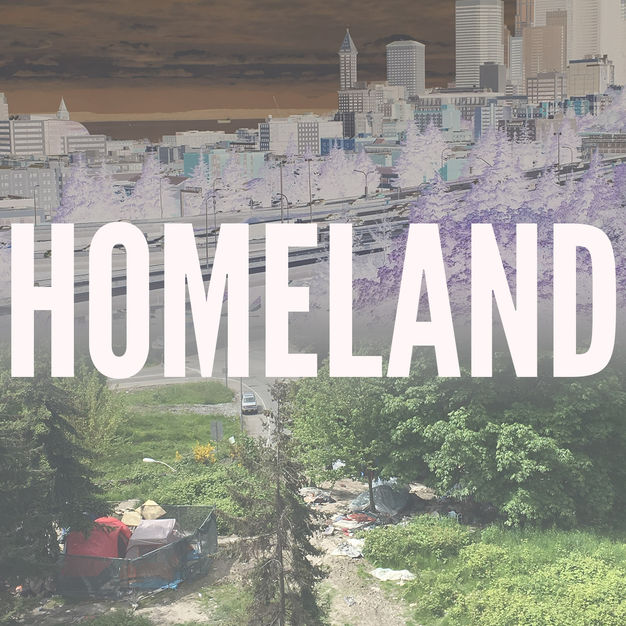
HomeLandLab Podcast
HomeLandLab
In conversation and reflection, the HomeLand Podcasts explores causes, manifestations and solutions to homelessness in the public realm of America's cities.
- 51 minutes 13 secondsEpisode 31: Cassie Hoeprich, Lena Miller and Suzanne Nienaber

In exploring the intersection of homelessness and public space, I have sometimes heard comments like, “Why should we build more parks, if they’re just going to be overrun by the homeless?”
This was a challenging sentiment the first time I heard it, but it became only more so the third, fourth and fifth times it was expressed in public forums. What this idea revealed to me was that the forces of civic distrust that we see playing out on the national level are also finding purchase in localities across America, and left me with the question: can we rebuild those bonds of belief in a shared, mutually-beneficial purpose?
Which is why I had to talk to today’s guests: Suzanne Nienaber is the Partnerships Director with the Center for Active Design, which recently published the groundbreaking Assembly Civic Design Guidelines that suggests ten strategies for rebuilding civic trust. Joining Suzanne today to discuss how these ideas are playing out in San Francisco are Lena Miller and Cassie Hoeprich. Lena is the Founder and Executive Director Hunter’s Point Family and Director of the Bay Shore Navigation Center in San Francisco, and Cassie is a Strategist with Mayor London Breed’s Fix-It Team.
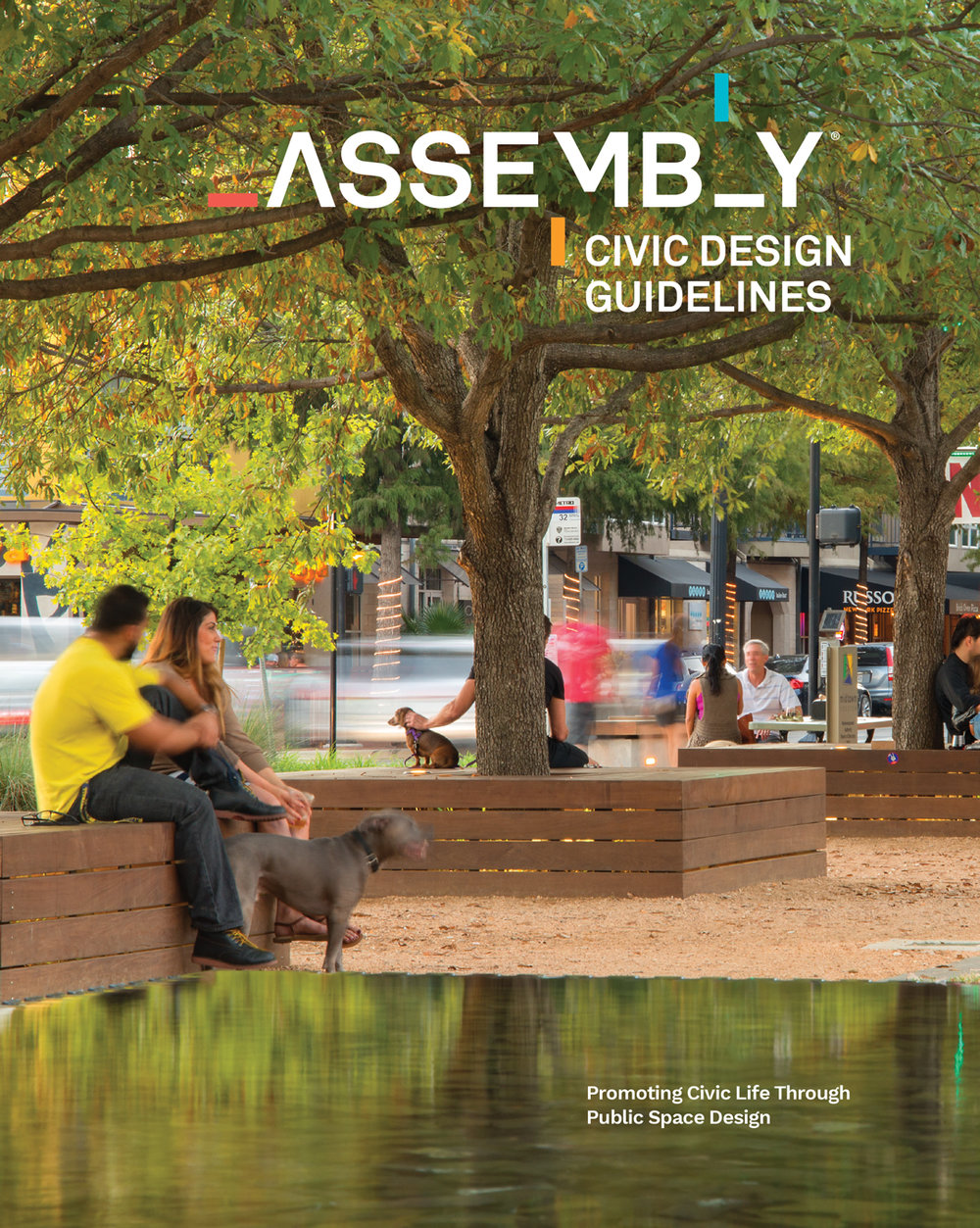


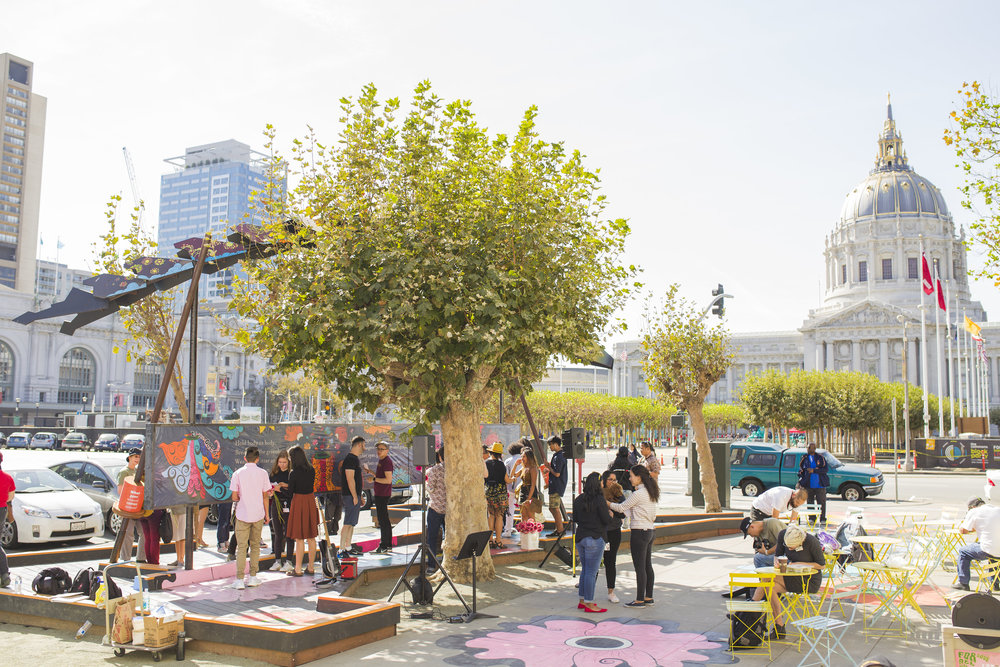
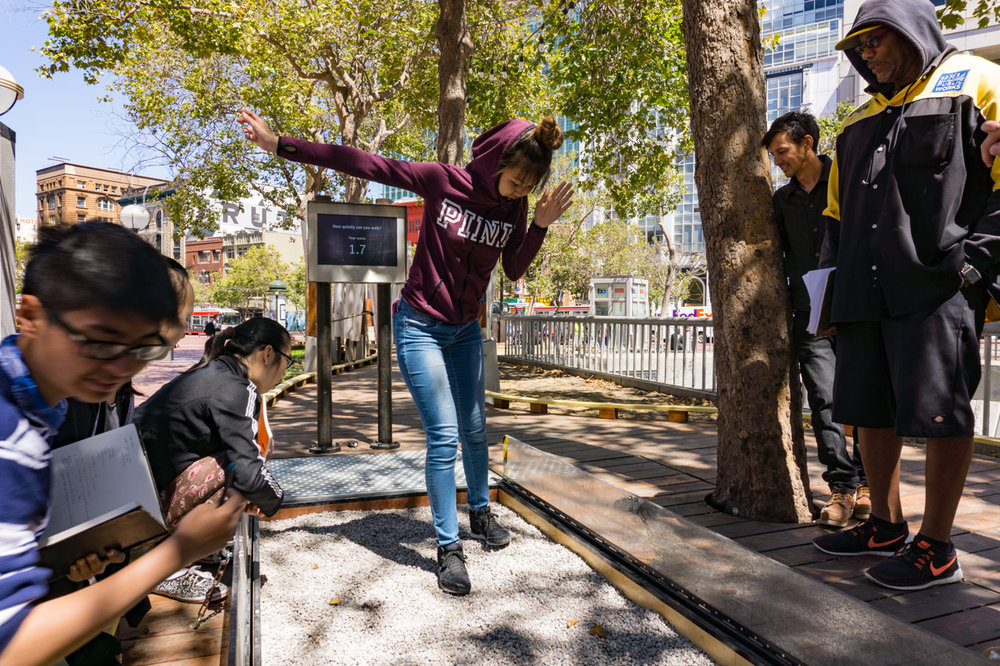 26 November 2018, 6:01 am
26 November 2018, 6:01 am - 45 minutes 2 secondsEpisode 30: Barron Peper and Jescelle Major
Designers who have watched the homelessness crisis expand during their educational careers seem to have a heightened sense of the design community’s opportunity to creatively engage the issue of homelessness. During this episode, I speak with two young designers: Barron Peper and Jescelle Major, who are trained as an architect and a landscape architect respectively. While working together at the mutli-disciplinary design firm MITHUN, they helped the Low Income Housing Institute or LEEHIGH develop a tiny house village in Seattle’s Georgetown neighborhood.
Barron’s story is particularly interesting for long-time listeners to the podcast because his first engagement with homelessness was with the Community First! Village in Austin, Texas that I discussed with Alan Graham in Episode 25, and he now works with Rex Holbein and Jenn LaFrenierre at The Block Project, which we discussed in Episode 3.
On the homelandlab.com website, we’ve included a selection of site plans and images from the project Barron and Jescelle discuss.
To start the conversation today I asked Jescelle and Barron: What is a tiny house village?
13 November 2018, 5:58 am - 41 minutes 57 secondsEpisode 29: Paul Simmons and Sylvana Niehuser
On today’s episode I wanted to move the conversation away from the big cities and talk about how homelessness impacts some of the smaller communities that may fly under the radar in our national dialogue. In Olympia, Washington, which lies roughly half-way between Seattle and Portland, the city’s Parks and Recreation staff are, like so many other parks departments, becoming the front line in confronting homelessness in their community. Recently, Olympia’s Parks Director Paul Simmons and Sylvana Niehuser who Oversees Stewardship and Environmental Programs, were able to sit down with me and discuss how homelessness has impacted their community and what their agency is doing to confront the crisis with compassion.
26 September 2018, 4:49 am - 35 minutes 29 secondsEpisode 28: Jonathan Martin and Scott Greenstone of Project Homeless
On this episode of the HomeLandLab podcast, I’m very pleased to have Jonathan Martin, Editor of Project Homeless for The Seattle Times and Scott Greenstone, reporter, producer and engagement editor for Project Homeless
With me to discuss the nexus between journalism and homelessness and how one influences the other and vice versa. Though I had been following the work of Project Homeless, I got to meet Jonathan and Scott, and, importantly, see the passion and thoughtfulness with which they worked when I was invited to give an Ignite talk for them. Coming at the issue of homelessness as journalists has afforded them the opportunity to dive deeply into the data from a “outside-in” perspective, that has helped the general public understand the complexities of the issue, and perhaps break down some of the myths in our public discourse. We started our conversation by talking a little bit about what The Seattle Times is for the City of Seattle.
19 July 2018, 4:15 am - 29 minutes 57 secondsEpisode 27: Marla Torrado
About a year ago, I happened to be in Washington, DC visiting the National Building Museum, one of my all time favorites. There, in an exhibition on, the changing idea of home in contemporary America, I learned about Austin’s Alley Flat Initiative. This innovative effort to build more housing units on underutilized lands was something I wanted to learn more about, so I reached out to Marla Torrado, the Program Coordinator for the Alley Flats Initiative. In the garden of their East Austin offices, I started my conversation with Marla talking about her work at the Austin Community Design and Development Center and what is meant by the term “community design.”
1 June 2018, 4:56 am - 44 minutes 44 secondsEpisode 26: Natasha Ponczek Shoemake
While I was visiting Austin, recently, I had the opportunity to sit down with Natasha Ponczek Shoemake. Natasha works for Austin Public Health, where she helps oversee the various human service contracts that the City uses to partner with various non-governmental agencies in addressing homelessness in their community. With this unique perspective, Natasha is able to see—at the 10,000 foot level—the whole ecology of human services in Austin. Taking a break from her work, Natasha was kind enough to provide a primer on social service provision, what the challenges are, and the number one need that Austin has to keep the homelessness crisis in check.
29 May 2018, 4:22 am - 48 minutes 8 secondsEpisode 25: Alan Graham
A couple of weeks ago, my family and I had the opportunity to travel to Austin. Among visits to too many taco and barbeque joints, I also had to go visit Alan Graham and his team at the Community First Village. The visit was a revelation and Alan, who has an exceptionally busy schedule, was gracious enough to make time to sit down with me. Alan is, the Executive Director and CEO of Mobile Loaves and Fishes, which runs a tripartite mission to help serve people who are currently or have experienced homelessness.
I had first heard about Alan’s work when Sarah Dooling mentioned his work during Episode 4 of the podcast. I then watched his TED talk and read his book and was struck by how innovative, entrepreneurial and transferrable the work of Alan’s team was to other areas of the country. To start our conversation, I wanted to talk about Alan’s preoccupation with narrative.
To give a sense of what the Community First Village looks like, I’ve shared some images on the HomeLandLab website.
1 May 2018, 9:30 pm - 28 minutes 4 secondsEpisode 24: Corina Luckenbach and Melanie Granger
Close your eyes for a moment and think of the face of homelessness. What is the face that you see? Is that person male or female, white or black, young or old. Or maybe the person some where in between these choices?
For Corina Luckenbach and Melanie Granger, the faces of homelessness that they saw when they closed their eyes were very much like them: young, female and surrounded by taboos. Out of this space, Corina and Melanie hatched an audacious plan to raise One Million Tampons for Seattle’s homeless women. In the process they have garnered the support and attention of people from around the world and have recast the face of who is homeless in the city’s collective consciousness.
One recent morning, as the breakfast rush trickled away, I had the pleasure of sitting down with Melanie and Corina at West Seattle’s Admiral Bird café to talk about their project. We started our conversation talking about the origins of the One Million Tampons campaign.
To give to the campaign, please find a link to the One Million Tampons Amazon list here.
24 April 2018, 5:11 am - 34 minutes 25 secondsEpisode 23: Mike McGinn
“I actually think emergency isn’t quite the right framing now. I think the right framing is that we have a refugee crisis, except [people experiencing homelessness] are not refugees from another country. These are refugees from our own economy.”
From 2009 to 2013, Mike McGinn served as the Mayor of Seattle. During his time in office, his administration confronted the challenge of homelessness in a variety of public policy venues from homeless sweeps to aggressive panhandling to housing policy to sanctioned and unsanctioned encampments. With a vantage point that few of us will ever have, Mike offers a candid and insightful look back into the policy challenges that confronted his administration with regards to homelessness, and offers several ways that cities can begin to mitigate the crisis in their own backyards. I hope you enjoy our conversation as much as I did recording it.
3 April 2018, 5:05 am - 1 hour 1 minuteEpisode 22: Tim Harris
Tim Harris is the Executive Director of the street newspaper, Real Change and currently serves as the North American representative to the International Network of Street Papers. I recently sat down with Tim to discuss the roles street papers have within the multiple public spaces of the city: the physical public space where the vendor sells the paper, the civic space, where his paper influences the ongoing public dialogue in the community, and, finally, the political space that is expanded when street newspaper vendors are encouraged to use their latent political power to show up at council meetings or at the voting booth. Yet before we got there, I started our conversation with a more fundamental question: What is a street newspaper and what is the function it provides?
28 March 2018, 5:14 am - 38 minutes 25 secondsEpisode 21: Sloan Dawson and Sara Zewde
Designers Sara Zewde and Sloan Dawson were startled by the differences in how homelessness was manifest in West Coast cities, including their new home in Seattle, compared to cities in the east. Surprised and disquieted by how desensitized so many residents seemed to be and how commonplace visible homelessness had become, they sought to find a creative outlet to respond to the people they saw struggling to survive. In speaking with Sara and Sloan, I started our conversation by asking, as East Coast transplants, the what did you notice about homelessness that was different on the West Coast.
To learn more about The Living Room Project, see coverage at CityLab here and at the University of Washington's Daily here.
26 March 2018, 4:47 am - More Episodes? Get the App
Your feedback is valuable to us. Should you encounter any bugs, glitches, lack of functionality or other problems, please email us on [email protected] or join Moon.FM Telegram Group where you can talk directly to the dev team who are happy to answer any queries.



 Night White Skies
Night White Skies
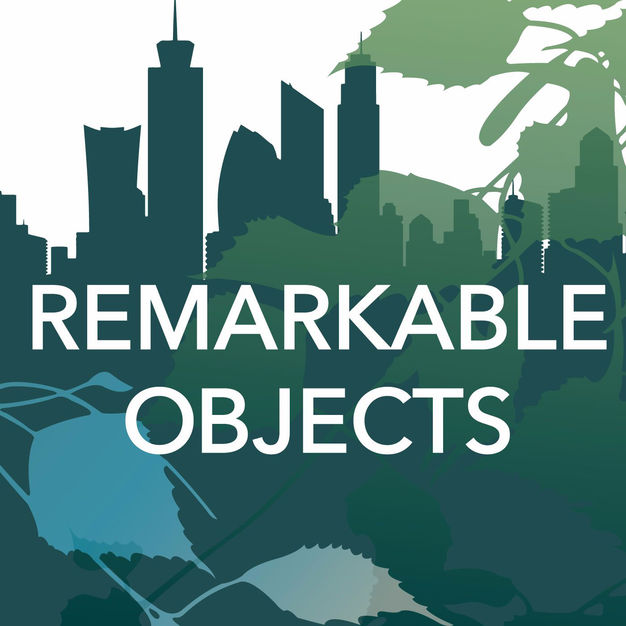 Remarkable Objects
Remarkable Objects
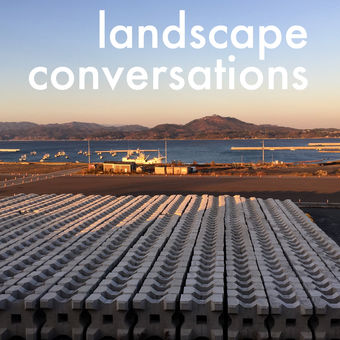 landscape conversations
landscape conversations
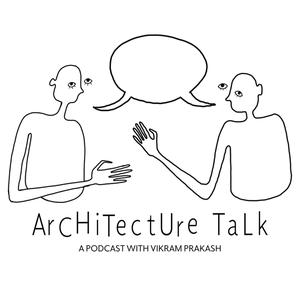 ArchitectureTalk
ArchitectureTalk
 Design Chatter
Design Chatter
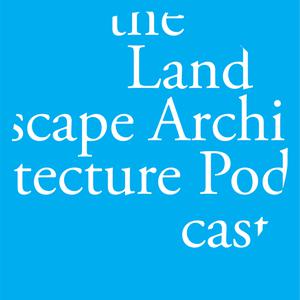 The Landscape Architecture Podcast
The Landscape Architecture Podcast